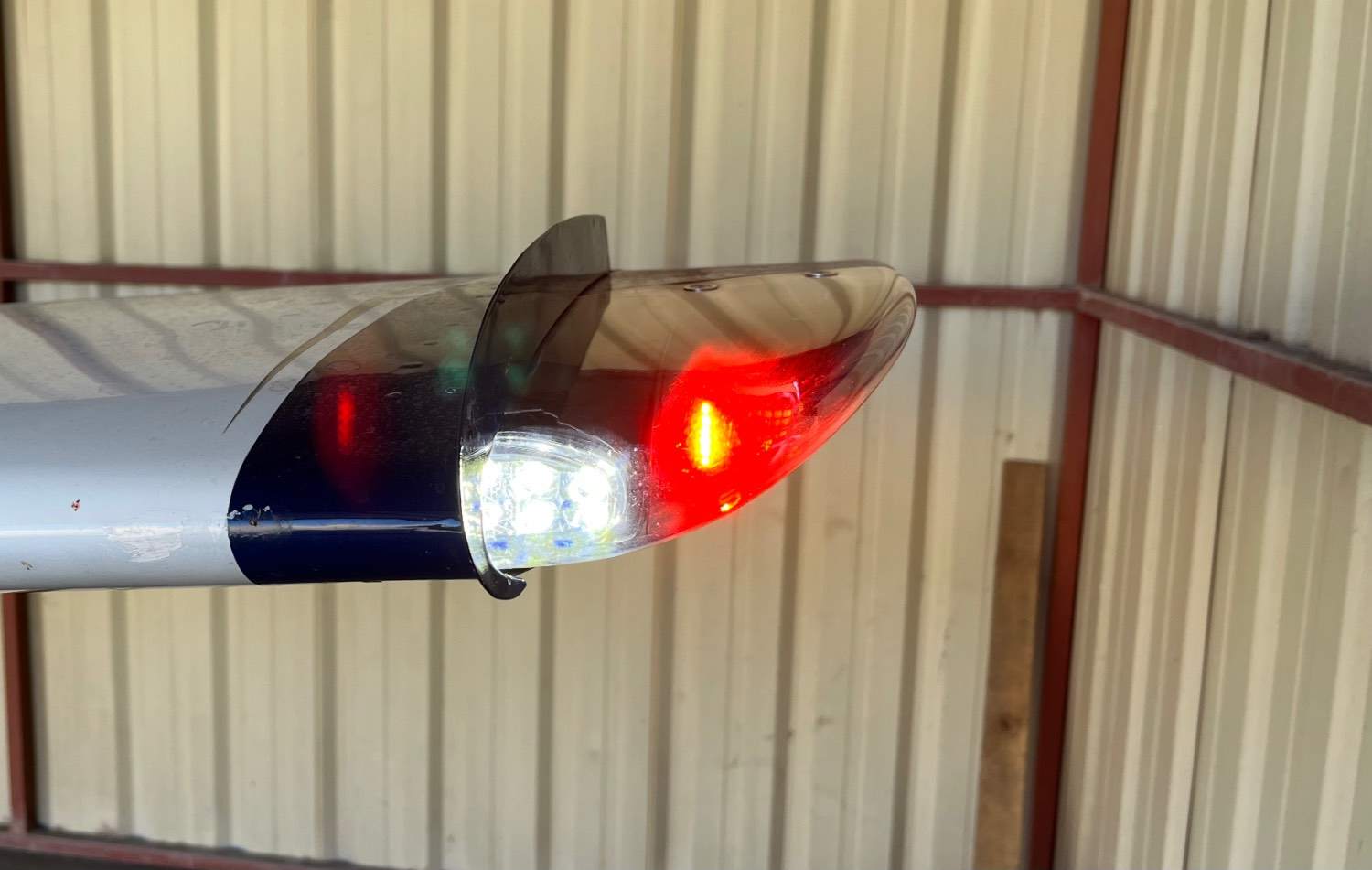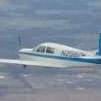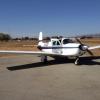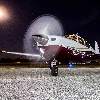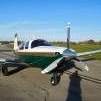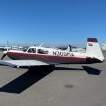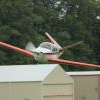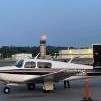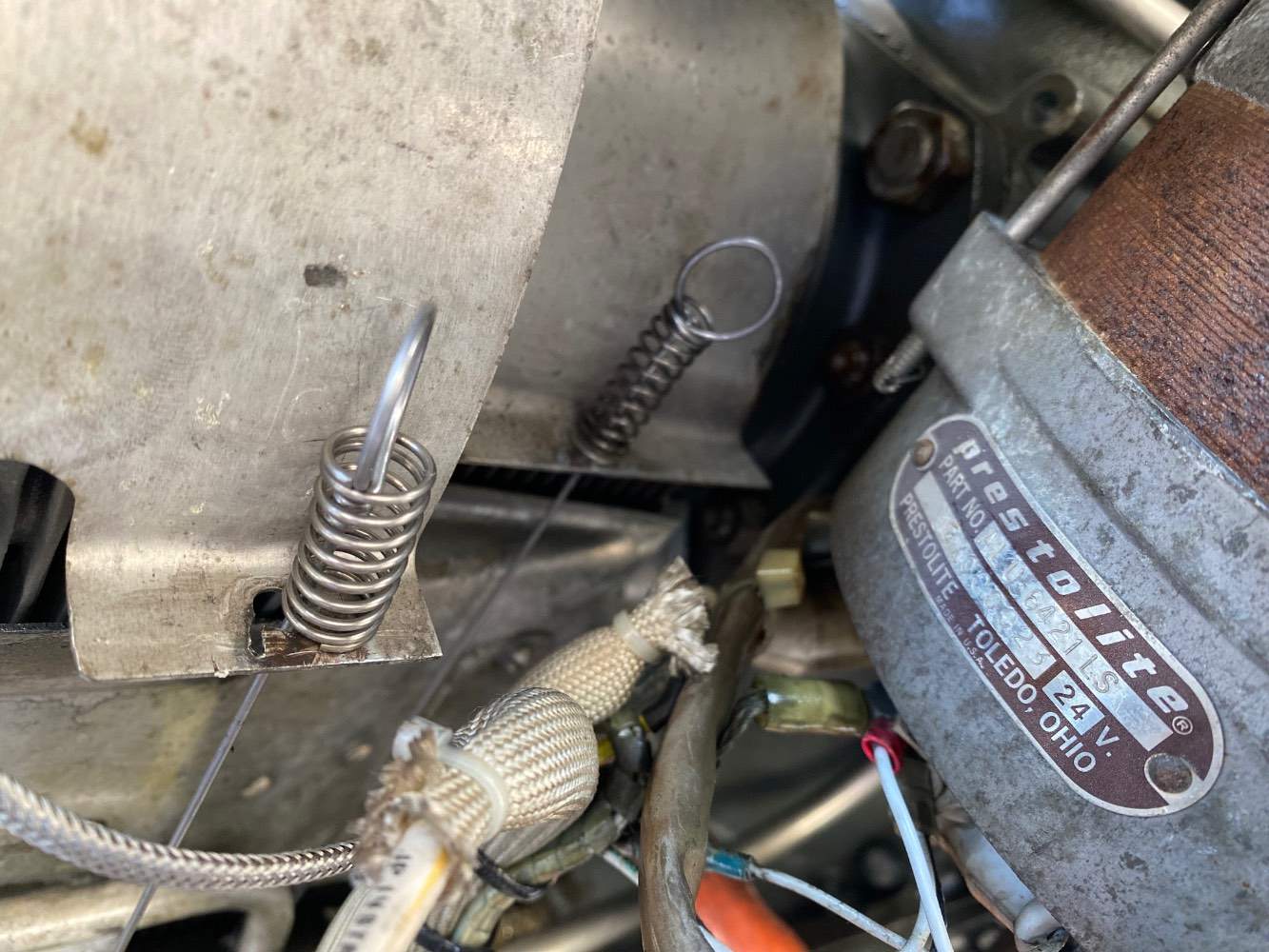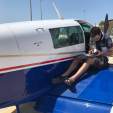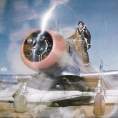Leaderboard
Popular Content
Showing content with the highest reputation on 03/26/2023 in all areas
-
Dear readers, I am writing to apologize for all of my posts that were made by an AI. I know that this may come as a surprise to some of you, and I want to assure you that I am taking full responsibility for my actions. I started using an AI to write my posts because I was struggling to find the time to write as much as I wanted to. I thought that using an AI would help me to produce more content, but I now realize that it was a mistake. I know that using an AI is considered cheating, and I apologize for any inconvenience it may have caused. I also understand that some of you may be disappointed in me, and I want to assure you that I am truly sorry for what I have done. I have learned my lesson, and I will never use an AI to write my posts again. I will continue to write my own content, and I will do my best to make sure that it is of the highest quality. Thank you for your understanding. Sincerely, [Your name]5 points
-
Fine. Load a random airliner with FAA execs and Congress critters, with their families. Just a regular airliner, no special mods, no special equipment, no special oversight from ATC. Fly from DC to San Fran, refuel and come back. Let the AI fly it, no licensed pilots onboard. All same-same as every other flight that day, but no one onboard who can even attempt to take over at any time. May as well double-lock the cockpit door, just to make sure. THEN I will think about it . . . .4 points
-
I installed the 14-volt 01-0770303-10 LED recognition lights today. The quality out of the box looked great. The fit was fine, more secure with the square 210409-003 retainer ring. My RH light is missing the retainer. Before and after photos below. I haven't seen the new ones after dark yet. Hoping to get a little more forward night visibility out of the deal, but we'll see. Either way. I like these lights and had been wanting them for a long time. I'm glad Whelen finally came through.4 points
-
Undoubtedly, Scott will be discussing how to correctly pop microwave popcorn............................3 points
-
You modify the impulse coupler of magneto so it has the right part number for a 25 degree engine, and then you make a log entry stating your un-complying with the "optional" service instruction, and then stamp the data plate to 25.3 points
-
The small access panels are fairly convenient, I guess. Some access. I’m reminded of when I flew my Bonanza to meet up with a peripatetic purveyor of Beryl d’Shannon mods where the speed slope windshield conversion was done in a day. Flew in at 162 kts, flew out at 162 kts. Sure looked cool, though.3 points
-
3 points
-
Learning from the mistakes of others is good BUT it is sharp and precise when "the others" are close friends. I've lost several close friends in 60 years of flying. A 19 year old friend ( I was 19 also) in a "high and hot" accident in a C-150 A renowned Doctor in a Bonanza in heavy icing A newly minted IFR pilot in foul Wx at night A Corsair F4U pilot doing low altitude aerobatics he wasn't well trained for 2 very experienced Jerstar pilots flying into a hill trying to get in, at night, in hilly country An Airline Capt who's airplane caught on fire and went into a swamp There are more. All but the last could have been averted by the pilot. A couple of observations- As Dirty Harry said, "A man's got to know his limitations" and My Mantra- You're not a safe pilot until you have been tempered. You're not tempered until you do something in an airplane that scares the living hell out of you and YOU know YOU did it to yourself. Flying takes on an entirely different aspect after that. If you feel invulnerable- you'll never get tempered. This activity we call "flying" can kill us The sooner we realize that the better. I haven't seen much progress along that line in 60 years of seeing the same stupid mistakes being made year after year after year. The fact remains that not everyone is cut out to be a pilot. On every airline I have worked for there was always 1% or 2% of the pilots that should have been doing something else in life for a vocation. With the pilot shortage now we will see an increase in the 1 or 2% over the next decade.3 points
-
I have a feeling that the scratches are caused by removing the panel for inspection, not rubbing on it during flight.2 points
-
2 points
-
I used Google Bard from my phone but I wasn’t the only AI on this thread. I wanted to try it as an experiment after I used Google Bard to write a response to the “French AI” guy in another thread and the AI bit ended up writing a much better response than I would have. I wanted to see how far it would go but someone sent me a PM this morning after they’re figured it out so I realized it was time to confess. For the record, I don’t think AI should fully replace pilots but I predict single pilot+AI will be coming in the not too distant future.2 points
-
See OSUAV8TER’s post below. That’s more info than I got from my usual parts and supplies vendor.2 points
-
I can't add a whole lot more to this conversation except to say that I am one of those people that is currently working on completing a 147 school. I currently have my A license and will complete the power plant portion of school in approximately 3 weeks. Written test 2 days later (final exam for class on Monday, written exam on Wednesday, O&P interview the following Monday and O&P on that Thursday.) I did this as a second career. One thing that I did not see being brought up in this thread is the changes that will take place as of 31 July of this year. No one really knows how it will affect things. Some say it won't change a whole lot and others say it will change the testing significantly. Here is what I do know. Under the current 147 rules. You must complete 1900 hrs of classroom/lab work. The new system does away with the hr requirement as long as you complete the knowledge and skill requirements of the course. That does not mean you don't have to take the course, it just means that under the current system you must have a certain number of hours to be given credit for taking the course. ( IE you cannot miss more than 10% of the classroom hours and still complete.) The testing procedures are becoming more centralized. Meaning the DME will have less discretion on what he asks during the O&P. He will be given the questions to ask and the projects to be completed by the same organization that is administering the written exam. Even though they are given both now, the way the tests are administered will be more rigid. Meaning the DME cannot cherry pick the questions to ask you out of the pool he is given. He must ask them in the order they are given. That could mean that they will hit you with Oral questions and practical projects that you showed weaknesses on during the written. It could mean didley squat. They are adding Human Factors to almost all sections of the exams. Think OSHA type things. Apparently, all of this has been driven by commercial aviation wanting mechanics that are better prepared to enter the workforce in the commercial side of the industry. The FAA has done what almost all government agencies do. They have made it all clear as mud. (Not a knock per se on the FAA, it's just what bureaucracy does.) As for the experience route. I have less than little knowledge of that route except to say that the FSDO has a lot of discretion on who can and cannot test. A favorite saying of some friends of mine. If you go to the FSDO and ask 5 people you will get 7 different answers. If you go to a second FSDO you might increase that to 10. The experience requirements of 30 months may or may not be accurate. For instance if the guy in your FSDO wants you to have experience performing field overhauls on reciprocating engines and you have never cracked the case on one but have replaced the cylinders, he could conceivably say you don't meet the requirements. Or maybe you have never worked on a Turbine engine. Again, he can say you don't meet the requirements. My opinion is that 147 is the way to go if you can do that. It takes approximately 18-21 months depending on the school. Mine has taken approximately 21 months because it is a college and therefore follows the college schedule. Meaning we took a fall break, Thanksgiving, a month at Christmas, spring break, so on and so forth. We go to school 6 hours a day 5 days a week. Cost is no bad but could be outrageous depending again on the program. Hope some this helped.2 points
-
And how many crashes/deaths along the way? I have worked in and around the computer industry a long time. And complex systems have complex failure modes that are not easily anticipated. And when you have a failure, the fix often causes other failures.2 points
-
1) Automation is slowly eliminating jobs off the factory floors…. Been doing so since the ‘80s… Not really good, or complex jobs… simple and repetitive jobs are automated or actively exported… 2) Tesla full self driving mode is interesting…. Let’s see how well The Tesla Semi truck does in the real world… 3) Busses would come after that… But, safety and security aren’t very automatable… 4) then, roll the videos of all the hero pilots that have saved broken planes from their complete demolition… It’s going to be a really strong AI to be Sully, a 737 landing on a levee, or land a crippled DC10 in Sioux City after it loses the hydraulic system… Sooooo… how long will it take to see the fully automated flights….? Best regards, -a-2 points
-
I bought the local maintenance shop and I work there as the apprentice mechanic. At some point I will have the experience required. I can tell you that I have been humbled by the depth of knowledge and skill that is required to do work at it's highest level. Once I got a view from within, I threw all timelines out the window and decided to focus instead on really learning each skill that I was presented with the opportunity to learn. Please PM me if you would like to chat2 points
-
On the RSA5 Fuel servo, installed on most 4 cylinder Injected Lycomings, the o-rings are: Larger blue o-ring P/N 951789 Smaller black o-ring on the screen itself P/N 953541-10 The plug gasket to satisfy the the AD that's not stamped "G" yet is P/N 2577258. I think this is the same P/N for the RSA10 fuel servo. But the O-rings are not the same. The larger fuel servo installed on most 6 cylinder Lycoming's is the RSA10. Its o-rings for the inlet screen are: Larger P/N 951790, smaller P/N 951392. Same installation practice. The other “inlet screen” is just after the electric pump on the older airplanes. I purchase all of my servo orings and seals from RLB Accessory Services. 630-543-9213. Ask for Butch or Bob. Side note, Currently no one has the correct fluid to bench test fuel servos after overhaul. It became unobtanium last fall. -Matt2 points
-
2 points
-
I would love to, but hopefully next year we'll be spending Acclaim money to build our dream home and hangar... maybe some time in the future I could put an Acclaim in that hangar, but for now I'll be very content with my J in a dream home and hangar.2 points
-
Unless he pops in shortly and explicitly corrects me, I’d vote for Byron at RPM Aviation in Gaithersburg, MD (KGAI). Although he has yet to do any work for me personally, he comes very highly-recommended.2 points
-
How is it on the ground? Not sure what your panel looks like but I had the same problem due to a sag in the panel shock mounts. Replacing the mounts squared up the panel and centered the ball.1 point
-
Right... That's why I'm leaning more towards birds with the pricey speed mods done now, just trying to figure out what they cost roughly. I get they don't really increase the price all that much- so trying to discern a ball park idea of 'free upgrades" that are included on a given bird... I'm a VFR only guy right now, I've flown across the country several times in a 1947 Cessna 140 with just me, the bird and my iPad, so I'm not in immediate need of fancy avionics. So I think I'll personally lean towards engine/speed mods/general appearance with a decent but isn't fully upgraded panel vs great panel no speed mods and in need of aesthetic upgrades. Not sure when I'll get around to getting my IR, prob sooner once I own a bird capable of it. But still won't be day number one project. So I think being I'm in a spot I can buy a nice bird but not one that is done everywhere as in Great paint, great interior, great engine, great avionics and nice speed mods or already a J. Something in the mix has to give a bit... I think for me a nice looking bird, with good engine and some nice mods will be the way to go. Then once I get my IR, either decide to upgrade bird again, or upgrade the bird inside to how I want it. I think Id rather do that than buy one with great avionics I don't currently need, and have to spend cash getting it looking good and the mods I want and by time I get my IR the great avionics are now "ok" avionics.... That's my rough plan that I'm thinking makes the most sense for my Current situation and "needs"...1 point
-
Plus they keep re-using the Hoppes #9 fluid and the possibility exists of very small particles ending up in the injector After a clog happened once in my Bravo I now insist that we use my new Hoppes #91 point
-
just wanted to add ... I went the Part 147 route and it took me almost 5 yeaars on a part time / evening classes basis met fantastic people from very different backgrounds and objectives: from the one who had no idea why and how he/she ended up here to the student focus on joining a major airline to the pilot focused on doing his/her own maintenance1 point
-
+1 For signing the MS poster in Parker’s Booth!! @Parker_Woodruff See what Airspeed can do for you! (Probably save some dough) +1 For catching a presentation or three with Dr. Scott D. Get up to speed with Skew Ts!!! (Possibly save some bacon) Flying long distances in a Mooney… weather is everything!!! Best regards, -a-1 point
-
The intent of the OJT route is “in my opinion” to allow those with Military experience and those who have worked full time for a few years under the supervision of a Certified mechanic to become Certified. It’s a progression very similar to other trades in becoming a Journeyman Pipefitter, Welder, Machinist etc. I think it’s going to be tough to go that route if your experience is working on your own aircraft and your intent is to do your own Annuals. I would suggest if that’s your intent that you don’t state that at the interview. FSDO’s at least in theory have surveillance on each IA and A&P and they don’t want large numbers of IA’s and A&P’s who aren’t Professionals as in do the job daily for a living. The Regulation plainly states that you can renew your IA if you attend 8 hours of approved and documented training per year, but I’ve had one at least refuse to renew me on the basis that if I didn’t do x number of major alterations or repairs or four Annuals or one Progressive per year that I wasn’t actively engaged, because they don’t want part time IA’s or A&P’s for that matter, although an A&P is like a pilots certificate in that you hold it forever. Have an A&P for two years I believe and you can apply for your IA and of course IA is the logical progression for someone wanting to do their own work, because then they can do their own Annuals and approve Major repairs and Major Alterations. For most Aircraft Maintenance is a Profession and many Professionals take a dim view of anyone trying to certify in their Profession as a hobby. Having said that, every inspector is different and they all have different opinions. If you can become friends with one it’s not uncommon for them to assist you.1 point
-
Thanks Don. And yes, it does appear that my ship has indeed, come in.1 point
-
1 point
-
I guess I would say the way to go for the OJT route would be to talk to the FSDO to get the requirements based on your experience. If you have already been turning wrenches for a fairly significant amount of time and you are good at setting aside time to study the theory behind stuff on your own. It is definitely a viable option. There are also multiple facilities that offer an A&P prep course (not a full 147 course) that will guarantee pass on the testing assuming you are at a level to allow testing. If you are a more seasoned individual and only wanting to work on your own plane with the ability to sign off RTS, your local FSDO may or may not be more flexible on it's requirements for testing purposes. However the testing requirements do not separate the requirements between turbine and reciprocating Power Plant. Meaning if you are taking your Power Plant O&P and the testing generates a test for ... let's say "Demonstrate the proper procedure for trimming a turbine engine" and you have never done it. Good chance you will fail. That is an expensive uh oh. I'm not trying to dissuade you from doing the experience route only pointing out what I said earlier about the FAA having requirements for the experience route and some of them are subject to interpretation by the local FSDO personnel. If they give you a sign off to take the tests and then you get some off the wall O&P testing criteria then things can get hairy. Going the 147 route is also a tough road to hoe. I decided to go that route. When I started my journey, I was in a class with 20 total students ranging in age from 17 to 56. Me being 56. One other student was 52. Everyone else was late teens to mid 20's. It was definitely an adjustment. I made a kid cry during the first 2 weeks of class. You also have a very structured environment. You have certain tasks that must be completed. Even if you have done it before, you still have to do it. You spend a lot of time in the books. You also will probably work in groups on most projects. If your experience level is well above everyone else in your group, it can be frustrating. I can definitely tell you stories that basically end up with me saying "the older you get the less a life sentence is a deterrent." I'm not against teaching and/or working with people with less experience than I have but when you are working with an individual that doesn't know the difference between vise grips and channel locks you definitely have to take a step back. Especially when you are several months into the course. It also put a definite crimp on the working situation. I drive 85 miles one way every day to attend class. It's a fulltime job for me. My point behind telling you all of this is to point out this.... If you want to get your A&P, you must go into it with eyes wide open. If you just want to work on your own plane then you must weigh the cost benefit. It is a commitment. A large commitment. Both in time and money. Not all mechanics are created equal. It's your A&& on the line every time you get in the plane. If you don't trust your mechanic then you need to find one you do trust. Sometimes that is easier said than done. Also remember your mechanic is human. He is going to make a mistake. I guarantee you he will. There is nothing wrong with wanting to do a very thorough pre-flight after maintenance including looking over what your mechanic has done. If he has a problem with that. You probably need a new mechanic. I personally want to do a maintenance flight with the owner after every repair. That may or may not be possible but it is certainly a preference. A&P mechanics are in short supply right now. The wait times are long to get things done. Sometimes they get rushed, either by owners of shops or owners of planes. That is when mistakes happen. Things get overlooked. Sometimes things go wrong when you did everything right. Educate yourself. You don't have to be an A&P to have enough knowledge to do a QA check on your plane. I know some of this is somewhat rambling so I'll stop. Hopefully this will help someone.1 point
-
Are you kidding? What is the Bill Gates solution to every computer problem, the solution that has existed since DOS? Its "reboot." Why is there such a thing? Because computers fail for inexplicable reasons. Do you really want to be a passenger in something that needs to reboot to fix itself? What is the aircraft going to do while the computer is deciding how to become a computer again? Humans make mistakes. Computers also make mistakes. But what computers do fairly often that humans do rarely is simply stop functioning.1 point
-
Some of your posts are going to be extra challenging for AI to come up with… Lots of flight data research involved…! I’d be happy with an improved search function around here… AI could certainly help with that… Best regards, -a-1 point
-
1 point
-
1 point
-
For anyone that cares… The melt point and softening point of polycarbonate is much higher than acrylic… almost 100°… Soooo… it also softens at a much higher temp as well…. Since we aren’t getting a different plastic for our lenses this century… like we could/should…. Holy cow… the existing lightbulb puts out enough energy it can probably destroy Teflon…. YAAAAAAAY the new Recog lights are here!!! by the way… recog lights on! Even in the day time!!!! Go Whelen! (and Gallagher Aviation!) for making this happen. Best regards, -a-1 point
-
Regarding if the sensor is working, I understand that the failure mode of temperature sensors affects the whole range, so I think if you have an EIS where you can see precisely the oil temperature and when the airplane is completely cool it reads something close to room temperature, then I think you can rule out the sensor.1 point
-
The easy way to check is to just pull off the top cowl. Super quick and allows you to see the magnetos and the filter/pressure lines from the upper deck if you have them. They’re right on top. Top cowl is quick and easy for one person. Bottom cowl requires more finesse and hands. I’d also recommend that at your next oil change/annual/maintenance that you, since the aircraft is new to you, take pictures of every visible serial number/part number plate and start collecting pics of every aspect. Makes it way easier to look back through pics and zoom in to see how things have changed or if you have a problem. FWIW I’ve got TSIO360SB with pressurized slick 6324.1 point
-
You can download the light drawing off my website. Click on either link and it is there as a .PDF. Installation is done as a minor alteration as there is no certification basis for this lamp assembly. There is no TSO or performance standard for a recognition light. https://www.gallagheraviationllc.com/WAT-Mooney-14V-Recognition-Light_p_140.html https://www.gallagheraviationllc.com/WAT-Mooney-28V-Recognition-Light_p_337.html1 point
-
When I purchased my F model it already had the 201 windshield mod and there is no denying that it looks great. Having said that, there are also times that I curse not having easier ability to access the back of the instrument panel. There have been some that have done the 201 mod and still left very small access panels at the very outside corners. while small and not ideal, I would assume at least some access is better than zero access.1 point
-
1 point
-
1 point
-
I got mine by experience. I had never worked full time or part time for that matter for a repair shop. I did hang out at the shops most evenings and weekends for years. When I went to get the license in 2005, I printed up letters of recommendation that only needed the times filled in. I sent them to all the mechanics I had ever worked with. I included self addressed and stamped return envelopes for the letters. All they had to do was sign them and put them in the mail box. Unfortunately, they all gave me 30 months. It would have looked more legit if they would have given me less. I legitimately had way more than 30 months, but not with any individual. I choose the letter that was the most legit. I actually showed all the letters to the FAA inspector and told him the story, he was cool with the one. He said the only way they can dispute the letters of recommendation is to accuse somebody of perjury and refer it to the legal department. They really don’t want to do that. The FAA really doesn’t want to give A&P licenses on experience and will try to get you on the interview. You better bring your A game to the interview. You should master the three written test preps before the interview! They have the discretion to deny your application if in their judgment, you don’t know the material. It was the oral from hell, he just opened the part 147 syllabus and quizzing me on every subject. It was obvious he wanted me to fail. After almost four hours he said he was hungry and needed to go to lunch and approved me to take the tests. I found the tests easy, I got 96, 96 and 94. The 94 was on the general. To get those scores, you need to know the correct wrong answers. On the practical test, I could have easily finished it in one day, but the examiner made us quit at 1:00 because he said it was a two day test. The next day we finished by 9:00.1 point
-
Well said! I loved this line: “Some folks just love reading regulations in the most impractical and burdensome way possible.”1 point
-
Now that Grainger is back online, I think this one will work. Grainger Baffle Spring This, and some 0.55” music wire and I’ll be all set.1 point
-
1 point
-
As much as I like this forum, the advice on here is often worth what you pay for it. I had the same experience with an MSC that also had a stellar reputation here but the owner suffered from a similar confidence:competence mismatch and I ended up having to redo things that were done incorrectly. For the record, I think the owners was actually knowledgeable, but whoever worked on my plane had no idea what they were doing and were clearly not supervised properly. Fortunately, the expense was small in aviation terms but you definitely have to take the things you read online with a grain of salt. Even here.1 point
-
You can have the job done right, done quickly and done inexpensively; pick any two.1 point
-
The sale of my great Bravo is complete, I’m flying it tomorrow to store it in my hanger until the new owner gets back. 17 years of ownership with no mechanical problems except normal maintenance. Only hope my next plane is as good. DB1 point
-
New Style Counter Weights for AD 2023-02-04 are now available from any Mooney Service Center. Kit Pn.# M20-345-0011 point
-
One area not covered by the usual PPI is the function of the avionics in flight. I find it useful to test fly the airplane and verify the avionics is functioning properly.1 point
-
Got to say, another case of an auto-thrust system screwing up a landing. Either the pilot is not aware of the mode or it fails to perform as expected and leaves you in the flare holding the bag in a low energy state. For some reason Airbus pilots are really wedded to auto-thrust to touch down. I cannot tell you how much my landings in the Airbus improved when I started landing in manual thrust. The MD-11 had a big problem with this and I can think of 3 crashes, two of them fatal due to A/T dependence. They made a big deal after the Newark crash of training for "bounce recovery" but they never trained to turn off the auto-thrust in gusty conditions! The only time I used A/T was during low vis auto- landing (because you have to have them engaged) and usually it is not gusty during low vis and auto-thrust works reasonably well. Otherwise turn it off and then you know it is off unless you have IMC in front of your face.1 point






